However, less than a year after that peak, the durian market is facing a series of shocks from fraudulent growing area codes to warnings about cadmium residues, the yellow coloring agent O...
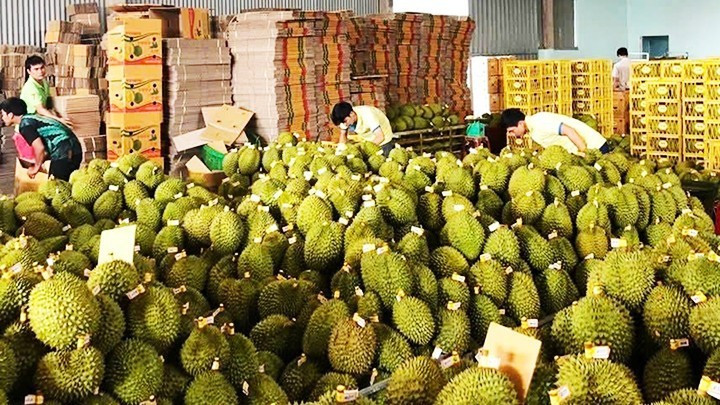
Durian carries common sadness
Lam Dong is currently a large durian growing area with an area of over 25,600 hectares, with an expected output of 176,000 tons in 2025. The province has issued 114 growing area codes and has 10 export packaging facilities. After warnings about durian quality from export markets, the Lam Dong Department of Agriculture and Environment inspected and found no cadmium residue or O-yellow. However, incidents in other localities still make consumption difficult.
Mr. Vo Huu Long, Director of Long Thuy Company Limited (Loc An Commune, Bao Lam District) said: China's tightening of inspections has caused testing and transportation costs to skyrocket. One container costs about 200 million VND more. Meanwhile, slow customs clearance causes a high rate of rotting and damage, seriously affecting profits. Enterprises have invested hundreds of billions of VND in cold storage and preliminary processing, but now face the risk of capital stagnation and interest on loans. Although there are still valid growing area codes, increased costs, long customs clearance times, and the risk of returned goods have made durian exports more difficult than ever.
In Tan Phu commune (Chau Thanh, Ben Tre ), in just 5 years, the durian growing area has nearly doubled, reaching 11 thousand hectares. After the wave of cutting down miscellaneous trees to grow durian, many households are in dire straits when Vietnamese durian was discovered to contain cadmium and yellow O residues. Famous for its off-season durian, many farmers said that if last year off-season durian was sold for 140 thousand to 170 thousand VND/kg, now they can only sign contracts with traders for 60 thousand VND/kg. Currently, the price of durian fluctuates only 40 thousand to 45 thousand VND/kg, causing the income of durian growing households to drop to about 1/3.
Ms. Nguyen Thi Thinh, Director of Tan Phu Agricultural Cooperative, said: Of the 7 growing area codes that the Cooperative is managing, 5 old codes have been closed, 3 new codes have not been assessed by China. The reason is that some businesses collect goods from many localities and then attach the same growing area code to the Mekong Delta. Even traders using gold O to treat the shell affects the entire durian value chain. Although the Cooperative and farmers have not violated the law, they still suffer both economic and reputational damage.
Need sustainable development solutions
According to the Department of Quality, Processing and Market Development (Ministry of Agriculture and Environment), since the beginning of the year, China - which is Vietnam's main durian export market - has reduced its imports of this item by about 30% compared to the same period last year. Experts warn that cadmium or yellow O is just one of many technical criteria that could be tightened. If quality is not well controlled, the risk of losing the market will not stop at just a few shipments.
Mr. Vo Huu Long proposed that it is necessary to soon establish a strong enough industry association to coordinate growing areas, manage quality and support businesses. The process of technical negotiations with foreign countries needs to have a roadmap suitable to domestic capacity. At the same time, the State should invest in improving the testing system, controlling input materials and supporting businesses to reduce inspection costs.
To regain market confidence, Mr. Dang Phuc Nguyen, General Secretary of the Vietnam Fruit and Vegetable Association, said that it is necessary to urgently build a quality monitoring system from the root, such as controlling input materials, cultivation processes in gardens and packaging facilities. In addition, it is necessary to invest in standard testing rooms, covering durian growing areas to ensure clear traceability. In addition, it is necessary to issue strong enough sanctions to handle violations of food quality and safety.
“Only when we can control quality right at the garden can we have a basis to negotiate with China on a “green channel” mechanism for fast customs clearance. Currently, each container of Vietnamese durian takes 7-10 days to clear customs, while Thailand only takes 2 days. In the long term, it is necessary to plan sustainable growing areas, tighten management of growing area codes, packaging facilities, control inputs, improve cultivation processes and build a national brand,” Mr. Nguyen emphasized.
If exports meet expectations, durian could contribute up to 1.6% of the country’s GDP. But to realize the target of 3.7 billion USD in exports by 2025, the durian industry needs to go both ways with quality and transparency.
According to BAO NGAN (NDO)
Source: https://baogialai.com.vn/de-sau-rieng-viet-tru-vung-duong-dai-post328305.html





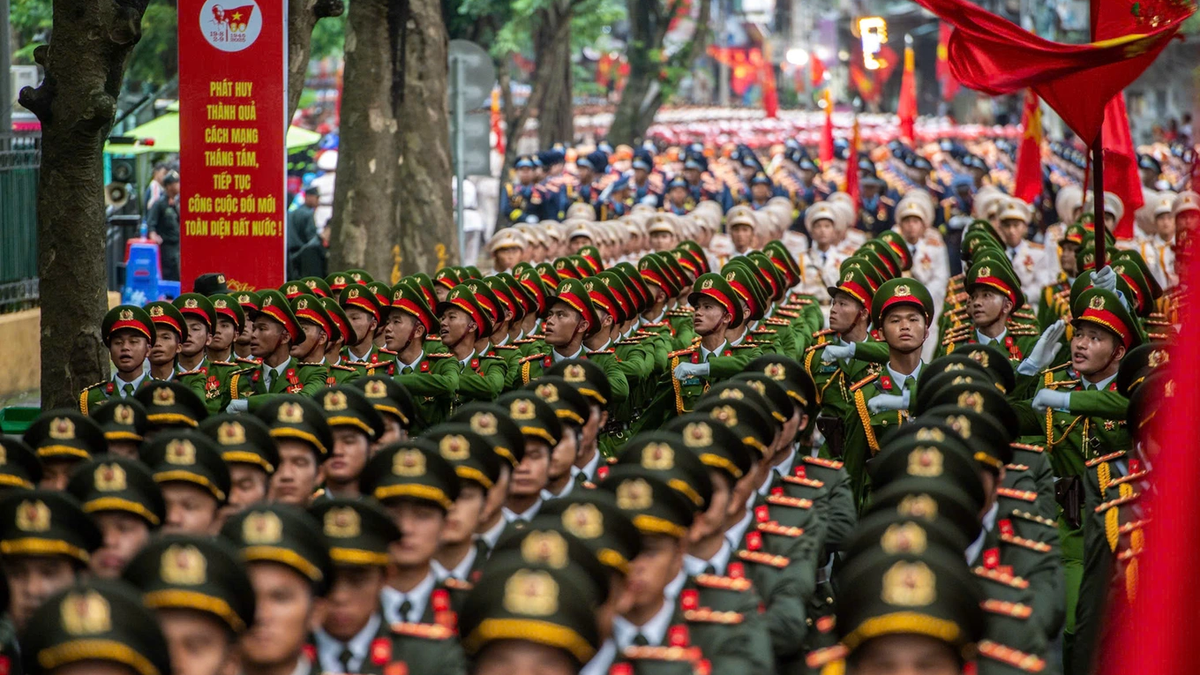

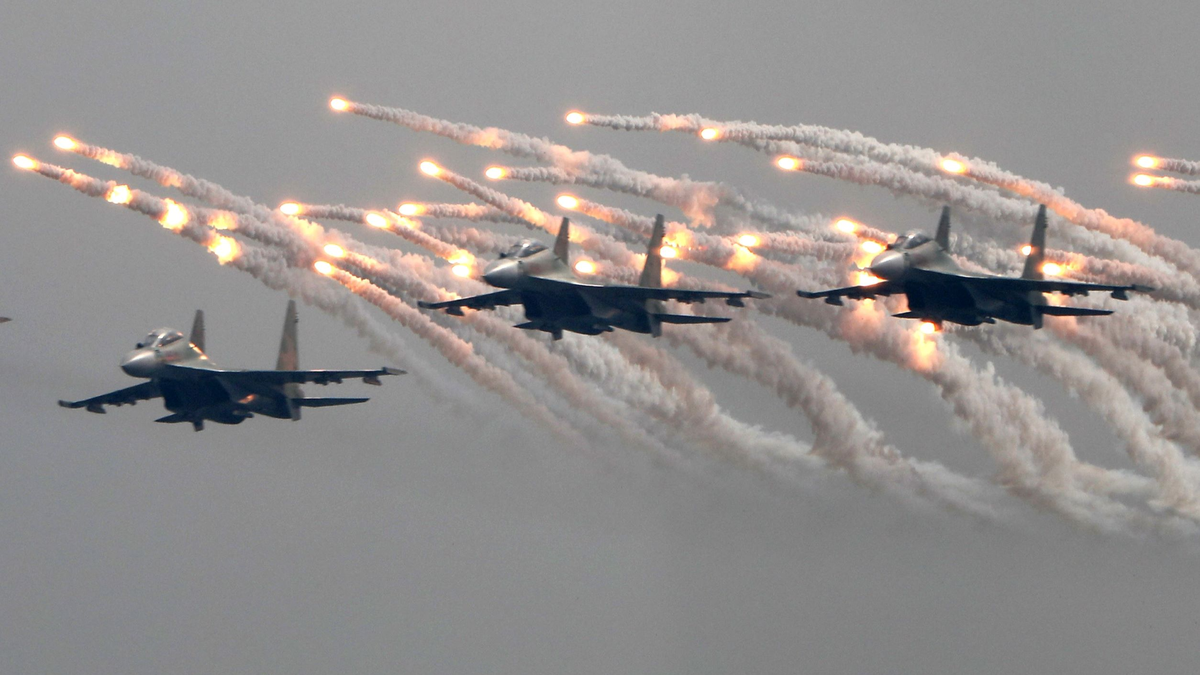












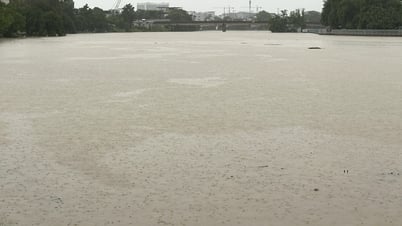



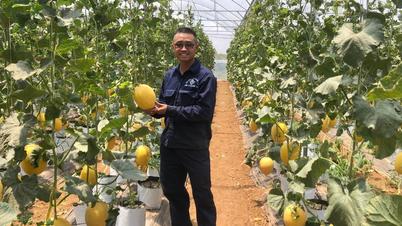


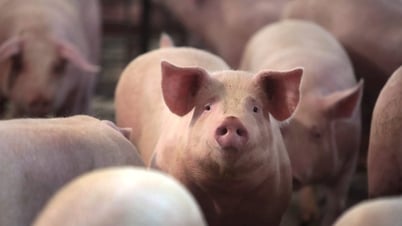

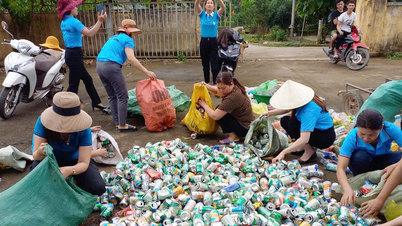






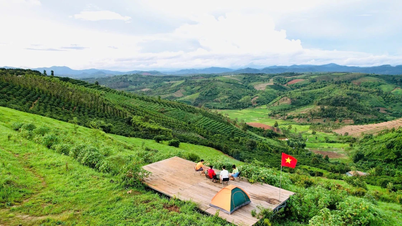





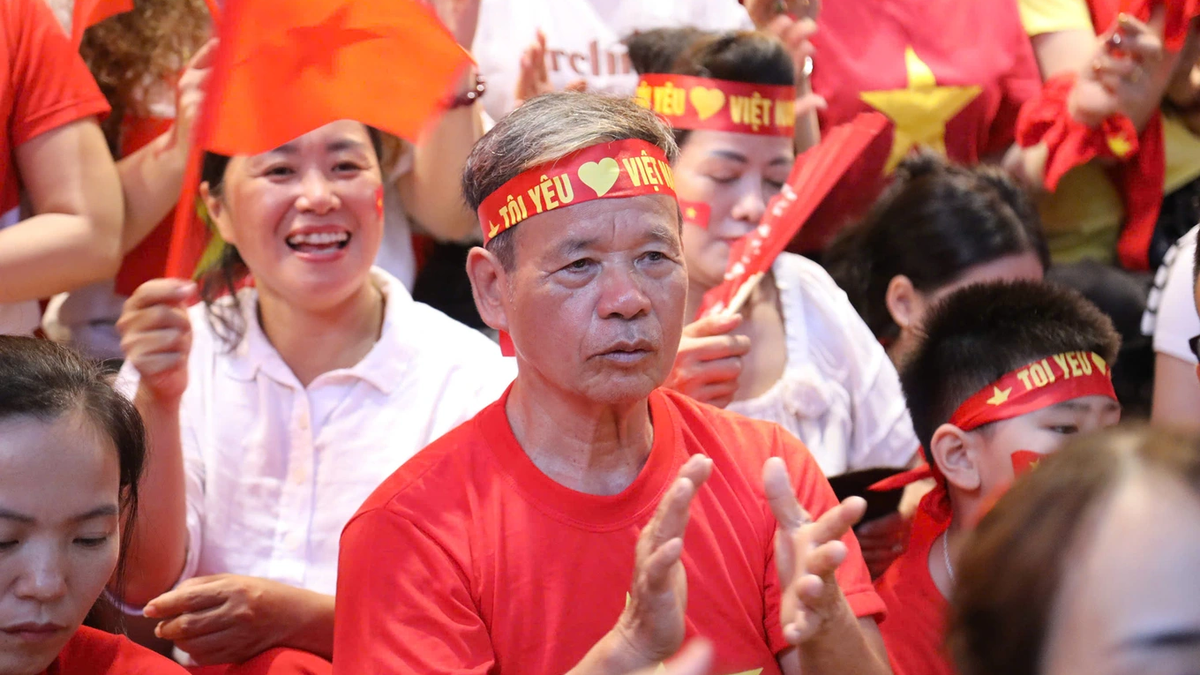


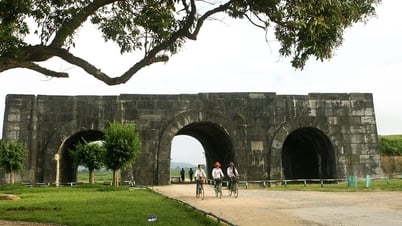

















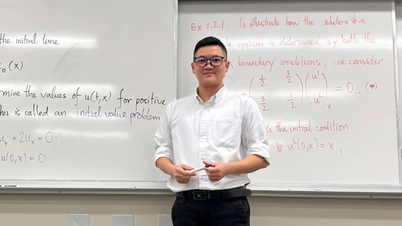
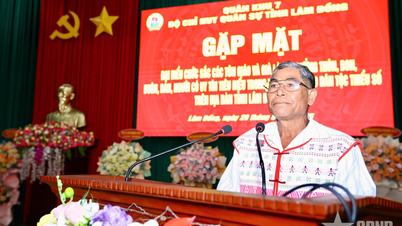






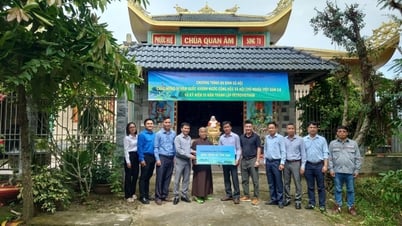





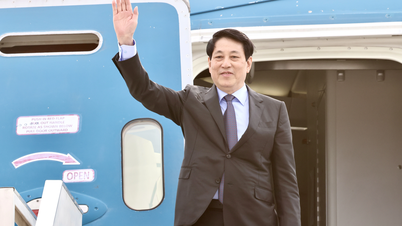
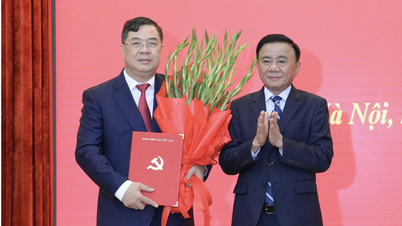
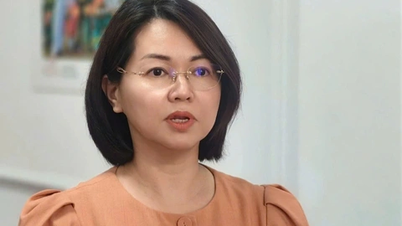







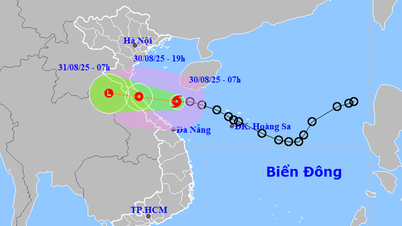

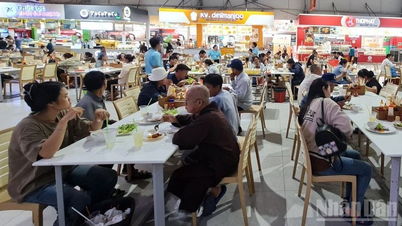
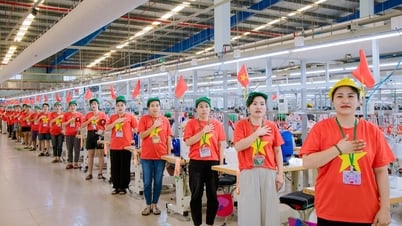





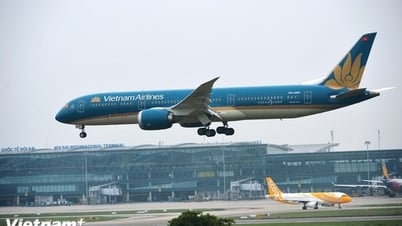






Comment (0)